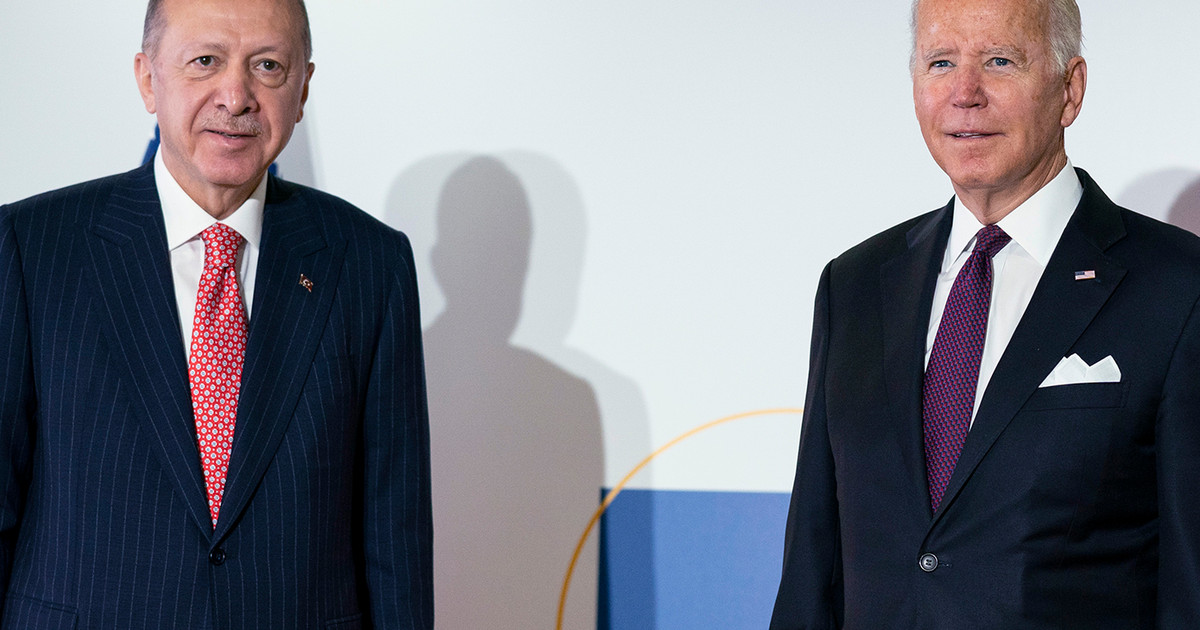The main indices in the United States closed on a high this Thursday (2), following another session tumultuous by the possible impacts of the new variant of the coronavirus.
The Dow Jones rose 1.82%, to 34,641 points (up 600 points today), the Nasdaq gained 0.83%, to 15,381 points, and the S&P 500 finished up 1.42%, to 4,577 points – ten of the 11 sectors of the S&P closed in blue.
US investors are still attentive to the comments of scientists about the effectiveness of vaccines already produced against Ômicron, in addition to being digesting the speech of Jerome Powell, president of the Fed (Federal Reserve, Central Bank of the United States), about the program of buying bonds.
Last Tuesday (30), the president of Moderna, Stéphane Bancel, told the Financial Times newspaper that vaccines are probably less effective against Ômicron. He also pointed out, to the CNBC newspaper, that it could take months to start distributing a vaccine that would work against the variant.
In any case, laboratories have different opinions about the effectiveness of immunizers. Pfizer-BioNTech’s vaccine likely offers protection against severe cases of the Ômicron variant, said Ugur Sahin, the company’s chief executive.
Yesterday afternoon, the United States confirmed the first case of Ômicron in the country. At a White House press conference, immunologist Anthony Fauci said the confirmed case was identified in a person who traveled to South Africa on Nov. 22 and tested positive for Covid-19 on Nov. 29.
South Africa’s National Institute of Communicable Diseases said the number of reported cases had risen to 8,561 on Wednesday.
Jerome Powell
The yield curve has flattened this week, with shorter-dated bond yields rising and longer-dated yields falling. This movement is a reflection of Powell’s speech last Tuesday (30th) and yesterday (1st), when he stated that he was prepared to accelerate the gradual reduction of the bond purchase program.
“I think that the reduction in purchases doesn’t have to be a disruptive event in the markets, I don’t expect it to be. It hasn’t been until now. We wired that,” Powell said in response to a question at a congressional hearing.
“I think if you look at the state of the economy, look at where we are, look at the latest data, you can see the highly expansionary policy that we have even after the end of the stimulus reduction, it’s really appropriate to reduce it,” he added. “And, as I mentioned yesterday, I think it’s appropriate to assess at the next meeting to reduce faster, so that (purchases) are closed a few months earlier.”
Powell finally stated that monetary policy will need to adapt as authorities seek to bring millions of American citizens back to work while ensuring that the recent high in inflation does not take root.
“Almost all analysts expect inflation to drop significantly in the second half of next year,” Powell said at a hearing before the House Financial Services Committee. “The point is, we can’t act like we’re sure of it… We have to use our (monetary) policy to address the range of plausible outcomes, not just the likely ones.”
He added that the US recovery is stronger than that of other major economies, thanks in part to stronger fiscal support. US consumer spending increased in October and initial jobless claims are at a 52-year low, prompting economists to raise their estimates of GDP growth for the fourth quarter.
Consumer price inflation in the United States rose to 6.2% in October, and has already accumulated in 12 months the biggest high in the last 30 years, informed the Bureau of Labor Statistics (US equivalent to the IBGE).
*With information from Reuters and Jacqueline Howard, Kaitlan Collins, Betsy Kleinda, CNN
Reference: CNN Brasil
I am Sophia william, author of World Stock Market. I have a degree in journalism from the University of Missouri and I have worked as a reporter for several news websites. I have a passion for writing and informing people about the latest news and events happening in the world. I strive to be accurate and unbiased in my reporting, and I hope to provide readers with valuable information that they can use to make informed decisions.






